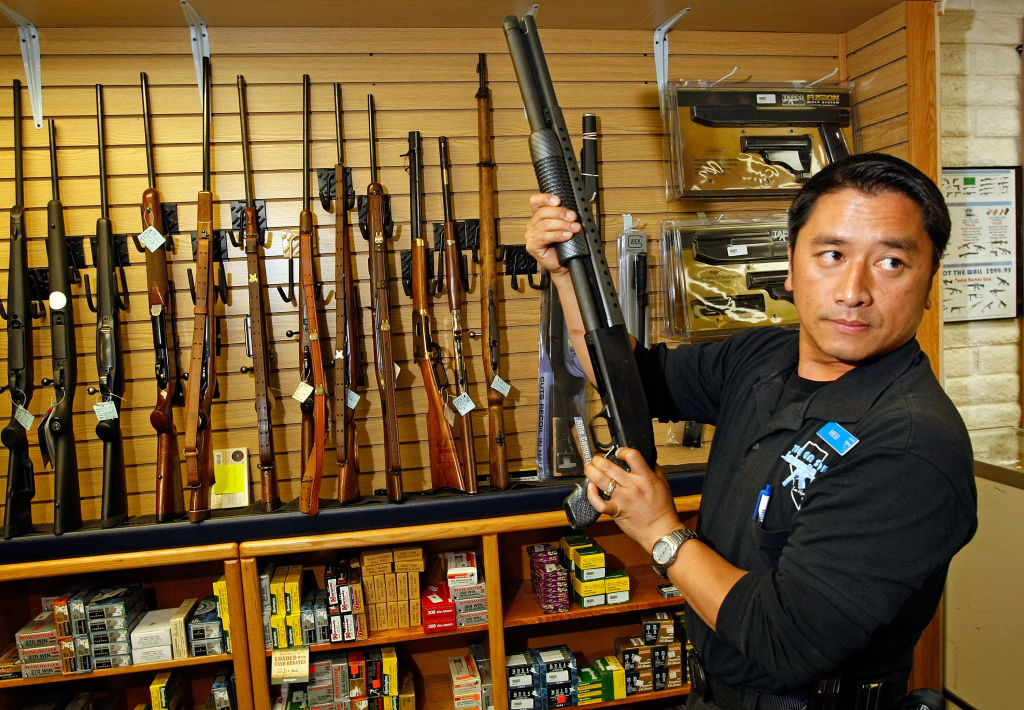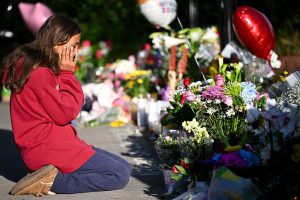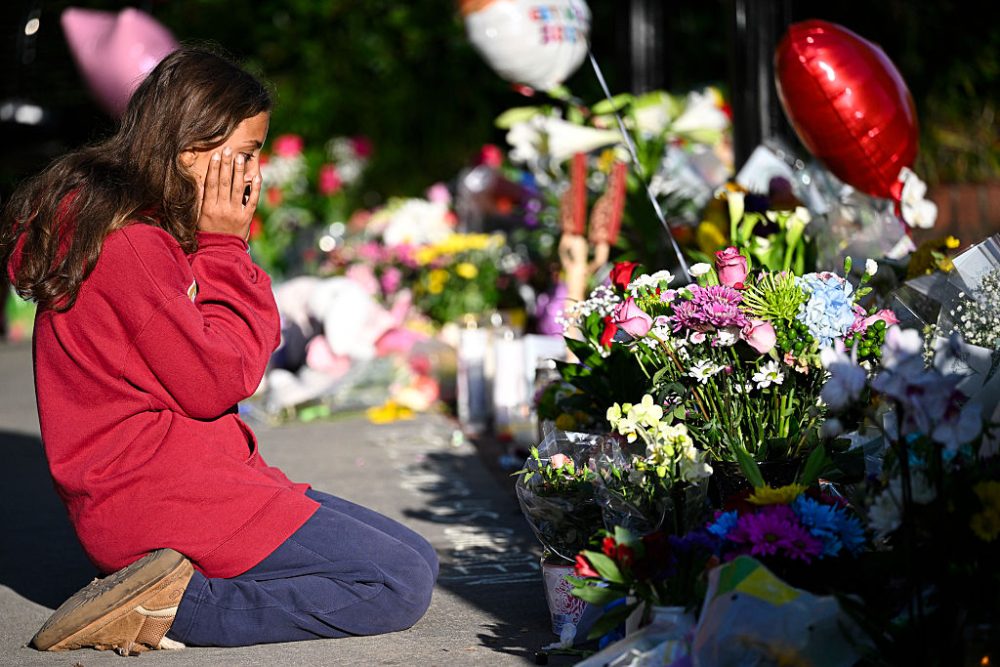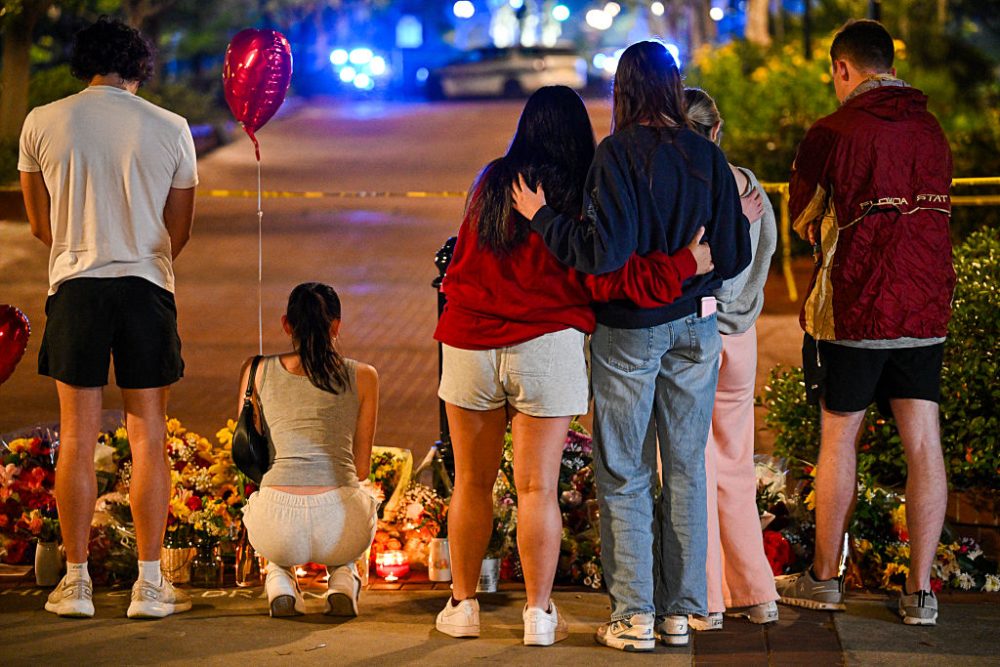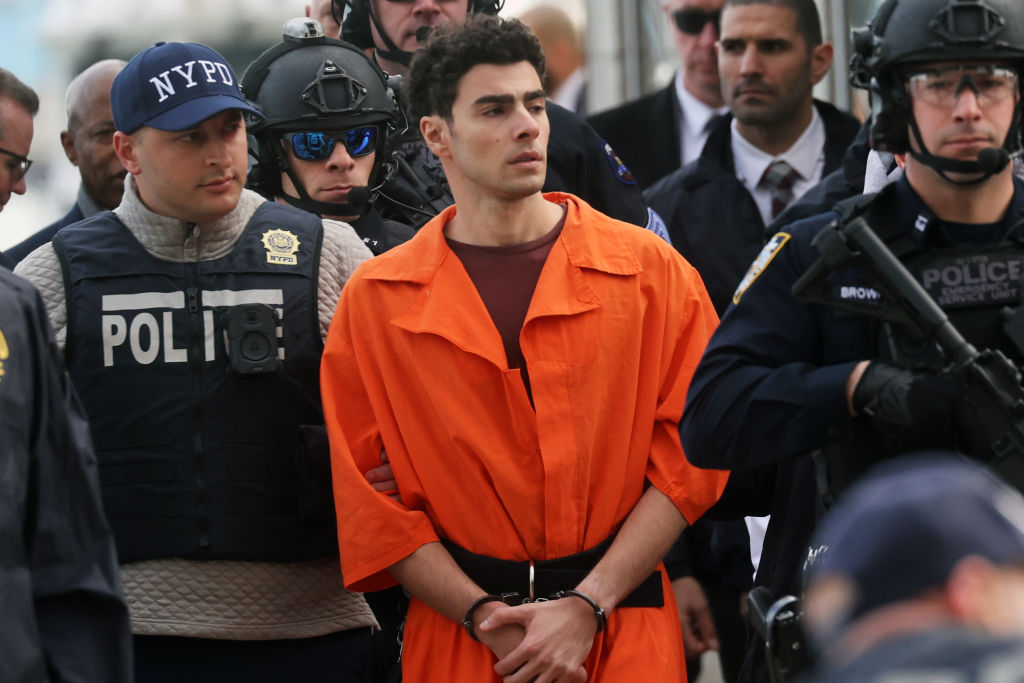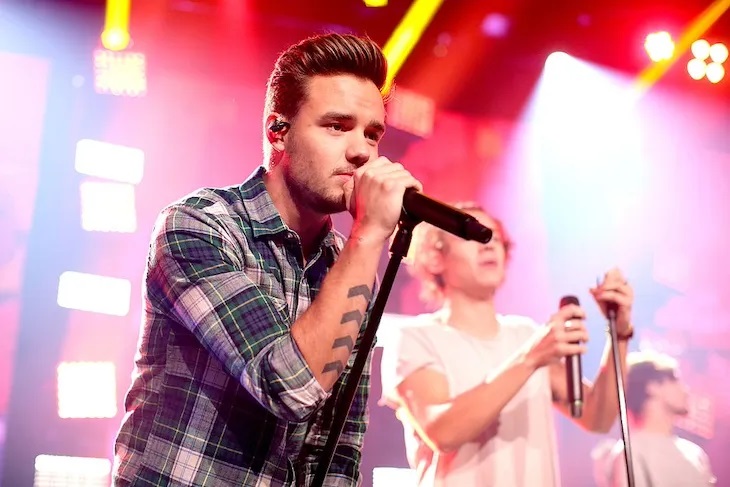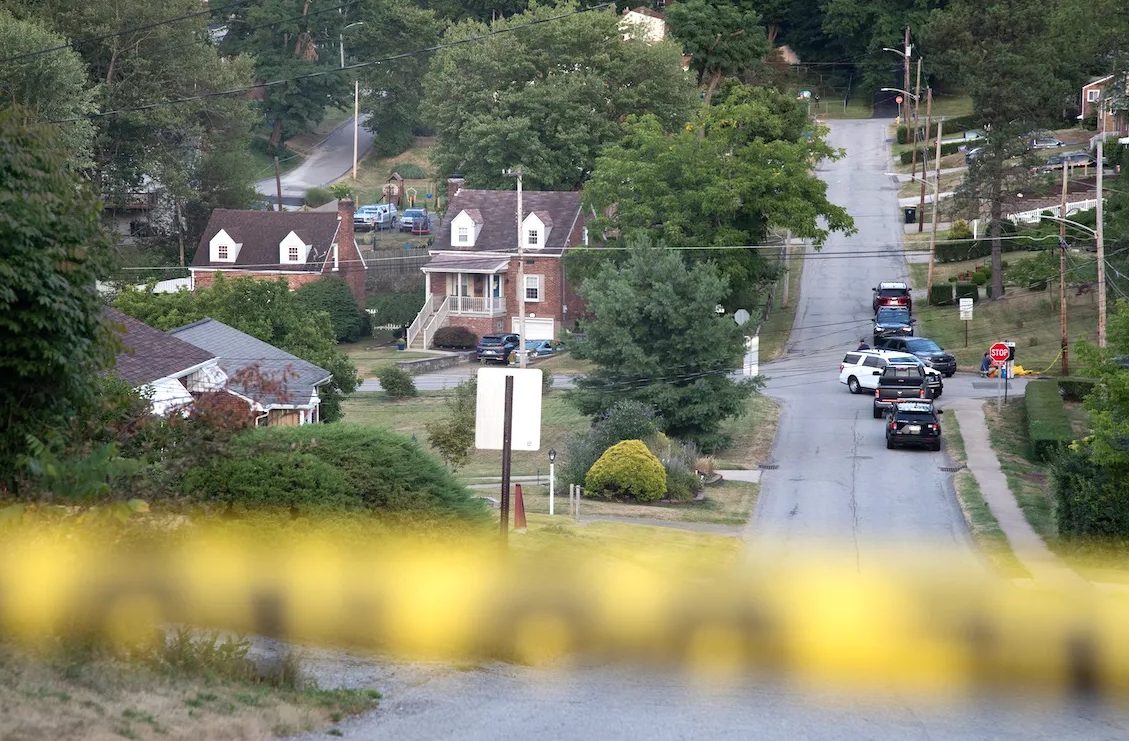The debate over guns in the United States could, until recently, be divided into two extreme camps: the liberal elites (invariably protected by armed guards) who call for ever-more restrictive control of firearms, the basic functionality of which they cannot even begin to explain, and the uber-conservative right, for whom guns are a way of life and are ofttimes life-sustaining.
David Frum is evidently of the first faction, writing in the Atlantic this month about how ‘Responsible Gun Ownership Is a Lie.’ Gun sales — especially among first-time gun buyers — surged between 2019 and 2020, and continue to smash records. This trend has Frum worried.
As a card-carrying member of the second camp (I literally have a Sandy Ridge Sportsmen’s Club membership card a’settin’ here on my desk), I’d like to give Frum and other anti-gun radicals the benefit of the doubt, at least until they’ve had the chance to finish reading this article. Let’s pretend that their civilian disarmament schemes stem from innocent ignorance. Perhaps Frum and others like him simply do not understand the life-giving role guns play in society — especially in rural America.
Guns can be scary. I get it. They are loud, and, with even a little power, capable of much destruction. They are not unlike elected officials in these ways.
But in the backwoods of Pennsylvania, where Hunter-Trapper Education Certification was part of my required fifth-grade curriculum, and the opening of deer season always means two consecutive school holidays, guns are more than a political talking point.
Considering this, the debate over guns should really be set against the backdrop of two different, apolitical sets: those who understand gun culture and those who do not.
Those of us who grew up around guns know them to be tools useful in the procurement of food, the dispatching of predators, a unifying pastime, the prize showpiece of a collector’s mantle, and, yes, an invaluable means of self-defense.
Guns are more powerful than Frum thinks, but not in a bad way. In some places, firearms take on a vital role that sustains entire communities.
My friend Wes, who I met years ago at Tuesday Night Trap League at the aforementioned sportsmen’s club, is the supervisor of our local Emergency Medical Services (EMS). The closest hospital is at least 30 minutes away — if you live in town, that is — so the medics and ambulances serve a critical role in this remote part of Pennsylvania.
Here in rural PA, first responders must raise their own money to fund large portions of their operating budgets. The biggest fundraiser Wes organizes each year is a sporting clays shoot at the nearby Warriors Mark Wingshooting Lodge. Some 70 shooters and their guns gather on a Saturday, have lunch, shoot 100 times each — that’s 7,000 rounds in a couple of hours — then reconvene for beer, dinner, drawings, good-humored ribbing, and awards.
This year’s event raised $15,000, which Wes says will enable the EMS to replace worn-out equipment and purchase upgraded gear that would be impossible without the fundraiser.
Some version of this event is repeated several times throughout the year at Warriors Mark for various charities. I attended the ‘Shoot for the Magic’ Sporting Clays Event in June and heard the director of our local Children’s Aid Society chapter explain how the organization would have been defunct years ago had it not been for the annual sporting clays event.
Other philanthropic entities to benefit from charitable shoots held at Warriors Mark include the PA Rural Water Association, the Wounded Warriors Project, a community soccer association, a memorial scholarship fund, Disabled Veterans, Habitat for Headwaters, and a local chapter of Future Farmers of America. In 2018, the Pennsylvania Children’s Hospitals received $7,000 raised through a Pheasant Hunt held at Warriors Mark.
This is just one shooting preserve in small-town America. A ‘drop in the bucket,’ as they say. In New York, the ‘Glocktober’ giveaway raffles off Glock handguns to benefit diabetes research. In West Virginia, the state incentivized getting the COVID-19 vaccine by offering lifetime hunting and fishing licenses and custom hunting rifles and shotguns. These types of events take place year-round and raise millions of dollars for charities that change and save lives.
Then there are the gun raffle giveaways, extravaganzas I would pay to watch David Frum attend. These events are ‘endless,’ an employee of my local guns and ammo shop informed me. Every volunteer fire department, charity club, church, you name it, uses gun raffles as their go-to fundraiser.
The fire companies buy the guns from the shop at a discounted rate and auction them off at what can only properly be described as a hootenanny. ‘The one down in Snakehole is a big deal,’ my gun buddies tell me. ‘It’s like a party.’
Unfortunately for me, the ‘Snakehole’ raffle had taken place for the year. But the continual nature of these affairs afforded me the opportunity to attend the Mount Union Fire Company Fall Bash Gun Drawing instead.
I donned my favorite Flat Dark Earth blouse, plaited my hair in the most tactical way I know how, and ventured to the old airstrip the fire company uses for their annual benefit. The place was packed. The town of Mount Union is home to only 2,200 people, but the woman selling the 50/50 chances told me they ordered enough BBQ to feed 6,000.
The serene scene I encountered was not the wild spectacle reminiscent of a mountain man rendezvous for which I’d prepared. On the contrary, thousands of gun-loving patriots had arranged themselves in orderly rows of tents and chairs and campers.
I strolled through the sea of camouflage and American flag regalia, watching my step, as one does after a parade of horses, so as to avoid stepping in discarded wads of chewing tobacco. Despite some aggressive-sounding slogans on graphic tees — ‘These colors don’t run, they reload!’ — these people ambled peaceably from raffle tables to the ‘Suds Pumper’ (a self-serve beer wagon painted to look like a firetruck) to the port-a-johns without so much as a raised voice, let alone anything that could remotely be construed as violence.
This single-day event draws people from hours away eager to win one of the 130 guns raffled off. One winner was from West Virginia. Another from Philadelphia. The raffle brings in some $300,000, about $200,000 of which profits the fire department. The 50/50 generates, on average, $8,000 for the winner, though one year the prize topped $23,000.
‘We don’t do anything else,’ one of the chiefs informed me. ‘Whatever we make here is our operating expenses for the year for the fire department. We have to make that money last all year.’
Sure, there are other items auctioned off to appeal to redneck sensibilities — a Silverado pickup truck, gift cards to Rural King, an ATV. But nothing draws people in or gets them excited like guns do. The idea of spending $5 or $10 for a $600 gun is thrilling, and it’s a small way people who lack disposable income can contribute to important causes.
For us, firearms are security. The can-do attitude of ‘country folk’ means protecting and providing for yourself, your family, and your property. And guns are invaluable in being able to do so.
Frum mocks the two thirds of American gun buyers who say they bought guns to protect themselves. That’s easy to say for a Harvard-educated Canadian/Washingtonian like Frum who lives in an urban area with a well-funded police force. Perhaps Frum has never lived in a remote place like rural Pennsylvania, where homes are in wooded, isolated parts have little or no cell service, and the only law enforcement is the State Police, whose barracks are 45 minutes away. Confronted by a trespasser late at night? By the time the staties show up, it’s only to take a report, if anyone is left alive to give one.
There are more places like this in America than one might think. If you grew up shooting guns, why would you give them up, only to rely on an absentee government to protect you?
Frum’s article is an emotional plea about something he doesn’t understand. His arguments are fraught with so many glaring inaccuracies and illogic, it’s hard to know which to address first.
But I did find one item particularly striking: Frum points to how effective Mothers Against Drunk Driving (MADD) has been in getting police to enforce DUI laws and in affecting a cultural attitude shift toward drinking and driving.
MADD’s campaign, as Frum notes, ‘convinced American drivers that they were not weak or unmanly if they surrendered the car keys after drinking too much.’ The organization did not, however, presume to prove to people that alcohol itself is evil, or demand that Americans give up either drinking or driving. Rather, MADD’s goal is to have people do these things in a safe and responsible manner.
Likewise, owning a gun for sport, hunting, or self-defense, or using it for charity is not dangerous. Quite the opposite. What Frum should be saying is that using guns improperly — like using alcohol when driving — is dangerous and evil. His campaign should not be about banning guns or trying to convince people that ‘owning a firearm makes the owner, the owner’s family, and the people around them less safe.’ You’ll never convince millions of Americans who grew up going to events like the Mount Union Fire Company Fall Bash Gun Drawing of this. They know better.
A better use of Frum’s time would be to advocate for aggressive gun safety. I was raised never to touch a gun if I came across one while playing — whether in my parents’ house or at a friends’ — but many children never learn this. I can also attest that having Hunter-Trapper Education class in elementary school helped bolster very important rules about firearms that have stuck with me. And I’ve never felt safer than I do when I’m at Warriors Mark, surrounded by 100+ guns controlled and handled by men and women who know how to use them. And will, if the need arises.
Frum also points to the number of guns used for suicides, a tragic statistic by any account. Why not focus his efforts on addressing the reasons people resort to suicide or to violence with a gun in the first place? As a researcher concluded recently in a study published by Injury Epidemiology, the recent surge in gun buying has not led to a surge in gun violence.
‘We need to be looking at other factors, like job loss, economic change, the closure of schools and community organizations and nonprofits, and civil unrest,’ Julia Schleimer, the study’s author, told the Guardian.
Presuming Frum’s concern truly is untrained people using weapons irresponsibly, accidental shootings, suicides, and gun violence, then he ought first to familiarize himself with law-abiding, responsible gun owners. And I’d suggest he start by visiting a gun raffle, sportsmen’s club, or fire department in a little hick town and see first-hand how these people are not only not a ‘problem,’ but are the lifeblood of America.
See you in Snakehole, David!



